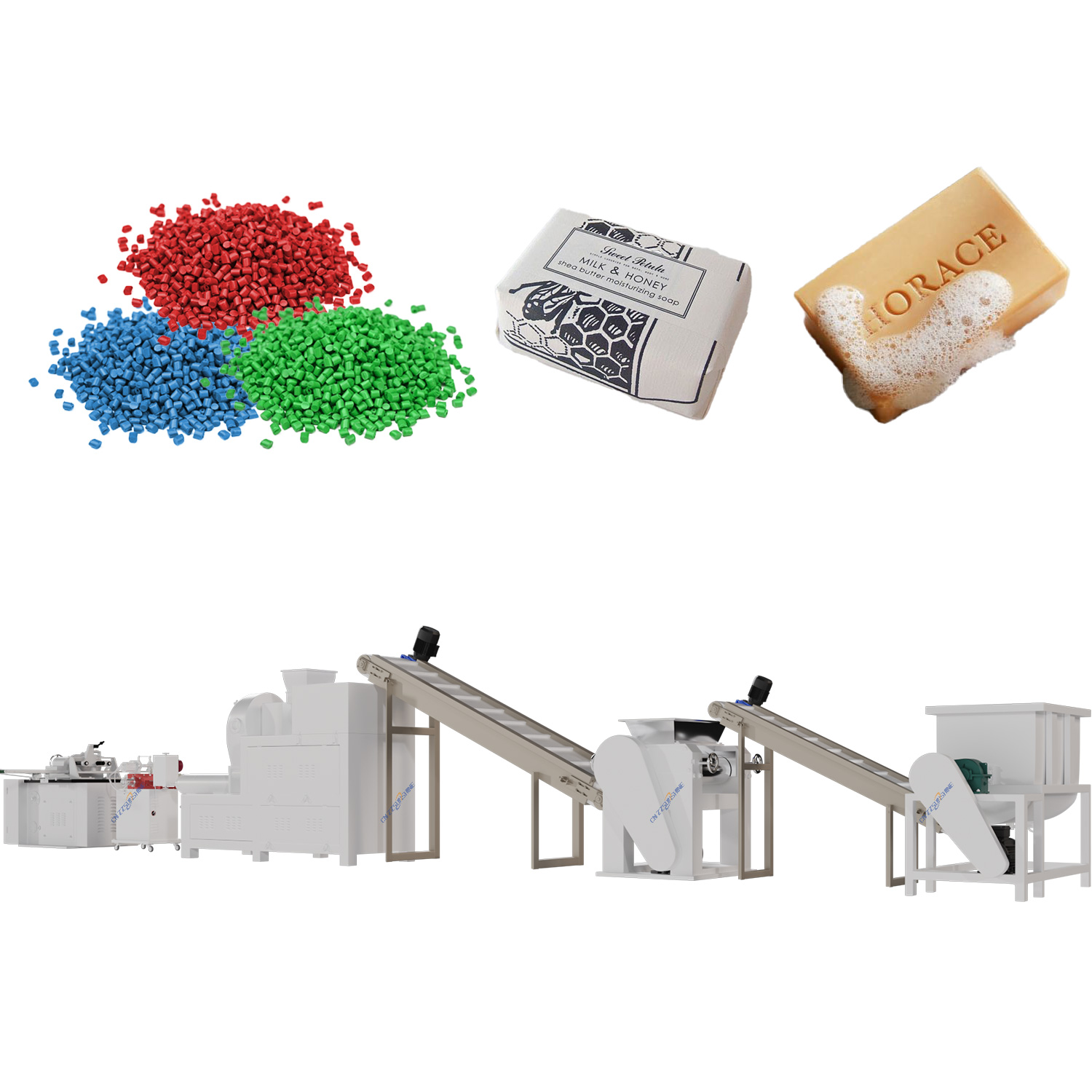Investing in a reliable soap making machine transforms production efficiency and product consistency. Whether establishing a laundry bar soap production line or a premium toilet soap finishing line, understanding core machinery is critical. The process begins with a robust industrial mixer for chemical processing, ensuring uniform blending of oils, lye, and additives. This foundational step prevents separation and guarantees batch homogeneity.
Next, the soap plodder machine for bar soap takes center stage. Modern vacuum plodder systems remove air pockets during extrusion, preventing cracking and enhancing soap bar density. For specialized textures, a three roller mill for cosmetics refines additives like exfoliants or pigments into the base.
Precise cutting follows extrusion. While standard cutters suffice for basic shapes, a custom soap cutting machine accommodates intricate designs or weight variations. For high-volume operations, an electric washing soap cutter integrates automated cleaning to prevent residue buildup between slices.
Automation elevates output significantly. An automatic soap production line synchronizes mixing, plodding, and cutting, reducing manual handling. This setup minimizes human error and scales easily for bath soap making machine or laundry soap making line requirements. When selecting equipment, prioritize energy-efficient motors and food-grade stainless steel contact parts, especially for toilet soap finishing lines where hygiene is non-negotiable.
Leading manufacturers offer OEM three roller grinding mill configurations and modular components, allowing tailored solutions. For sustainable operations, pair machinery with an industrial chiller for machinery to control temperature during saponification. By aligning your soap plodder, mixer, and cutter capabilities with production goals, you achieve optimal throughput without compromising quality in competitive markets.




